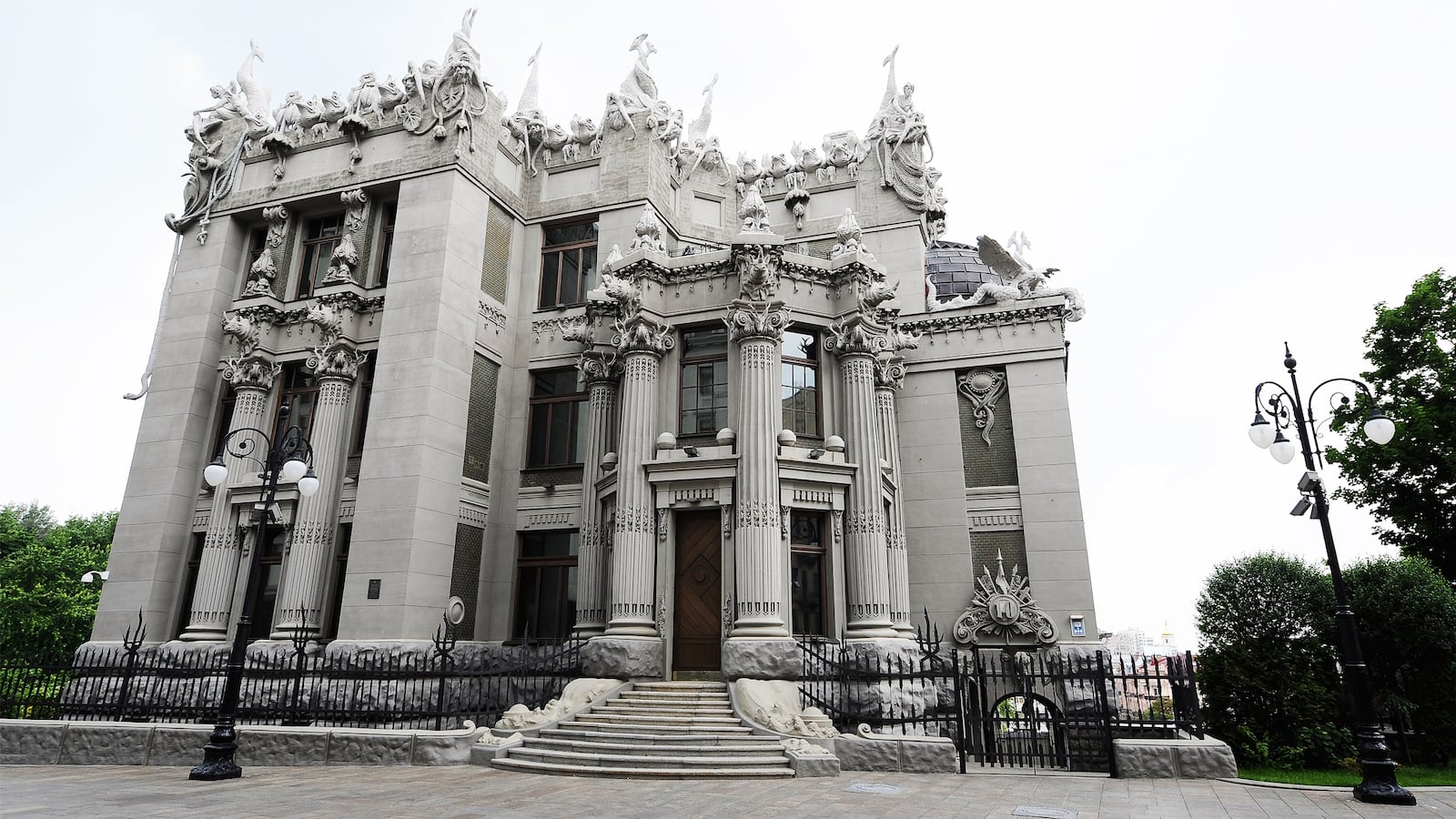Kiev is the capital of Ukraine, and like most capital cities of Europe, it’s chock-full of incredible historic sites.
But when walking the streets of Kiev, it feels like nowhere else in Europe—its architecture is equally as diverse in style as it is compelling and playfully designed. One step, art nouveau, next step, Ukrainian Baroque, turn your gaze, Soviet Modernism. This list could continue—there are over 30 unique architectural styles in Kiev’s metro area alone.
Yes, Ukraine is a little off the beaten track from the standard 30-day European tourist jaunt (U.K., France, Italy). But, architectural masters such as Bartolomeo Rastrelli, Emilio Sala, Wladyslaw Horodecki have shaped this enchanting city for the last 14 centuries (no big deal). Kiev is one of the oldest cities in Eastern Europe and is fundamental to the historical formation of the Ukrainian nation. Trust us, you won’t regret adding Kiev to your next European itinerary. The city it all: food, culture, history, and, perhaps most important, stunning architecture.

St. Sophia’s Cathedral.
Scott BaySt. Sophia’s Cathedral
Kiev has a nickname: the City of Domes. The Ukrainian capital is home to more than 950 churches and cathedrals, many of which are ordained with golden onion-shaped domes. But St. Sophia’s sticks out as one of the cities most beloved cathedrals. The 11th-century cathedral—one of the oldest in the city and the first heritage site in Ukraine to be included on the World Heritage List—was first designed to show gratitude to the citizens of Novgorod (a 6th-century Russian city). Under the reign of the Grand Prince of Kievan Rus, aka Vladimir the Great, St. Sophia’s foundation was laid in 1011, but took nearly two decades to complete the structure. It lived on as a church until the Russian Revolution of 1917 when the government tried to destroy the cathedral. Thanks to historians of the time, the structure was preserved. And since the fall of the Soviet Union, came the Orthodox Cathedral that St. Sophia’s is today. Its history alone should draw any curious traveler as there are sections of St. Sophia that are original to its original ideation—really incredible to witness.
House of Chimeras
One definition of chimera is, “a thing that is hoped or wished for but in fact is illusory or impossible to achieve.” This historical residence was designed and constructed by architect Wladyslaw Horodecki, best known for his architectural additions to urban Kiev in the early 1900s. The house of Chimeras was built to showcase Horodecki’s “hunting trophies” adorned in concrete (the new material of the time), both inside and outside his residence. He embellished the building with elephants, ostrich legs, crocodiles, and other fabulous creatures. Locals say their favorite time to admire the House of Chimeras is after dark where you can “see the eerie creatures come alive and jump off the roof.” Today it’s used as Kiev’s presidential residence for official and diplomatic ceremonies.

Hotel Salute.
AlamyHotel Salute
In years past, there was a complicated relationship with the Soviet Union and the art of architectural thought. A great modern-day example of that tumultuous interaction is Hotel Salute planned by architect Abraham Miletsky in 1984. Soviet party leadership approved the Soviet futurist building but later defunded the original skyscraper ideation because the architect refused to add a member from the party to the authors list of the hotel. Luckily, the foundation was already laid so Miletsky opted for a smaller and cheaper version of the plan by opting to use concrete slabs instead of steel cables making expansion impossible. The structure that we can see today is a powerful example of the collision between architecture and oppressive power during the Soviet era. Experience the unusual structure first hand by booking a night stay as it’s still a hotel.

Kiev Academic Puppet Theatre.
AlamyKiev Academic Puppet Theatre
This fairy-tale castle is home to the oldest puppet theater in Kiev. The quirk of this structure is almost too much to take seriously. Towering steeples, grand halls, clock towers, and sculptures of fairy characters seem like they’re straight out of a children's book. The theater was completed in 1927 and hosts around 300 guests in one tower and about 100 guests in the other for the puppet shows. You don’t need to be a child to appreciate the storybook magic of this structure and become enchanted by attending the performances that showcase marionettes more than 80 years old.

Mariinsky Palace.
AlamyMariinsky Palace
Known as the pearl of Kiev architecture, the Mariinsky Palace is a landmark for baroque style architecture. Designed and completed during the 18th century by the master architect Bartolomeo Rastrelli, the palace was designed to reflect the dreamlike nature of Kiev. Today the Mariinsky Palace is used as the official ceremonial residence for the president of Ukraine. Part of why this palace is so famous is because of the lavishly decorated interior that unifies baroque, renaissance, and classical designs strangely and strikingly though murals and antique furniture. The interior of the palace is under “permanent reconstruction” making it very difficult to see the incredible decor, but do your research because there are times here and there that interior tours are available. Don’t worry if the interior is closed, the gardens and exterior of this palace are more than worth your time.

House of the Weeping Widow.
AlamyHouse of Weeping Widow
The architecture in Kiev is full of emotion, and the House of Weeping Widow by architect Eduard-Ferdinand Bradtman is no exception. The structure was designed in an early modernist style with art nouveau adornments was commissioned to be a residence for wealthy turn of the century merchant, Serhiy Arshavsky. Crowning the top/center of the building is a sculpted pediment containing a woman’s head. She is carefully carved to look as though she is crying whenever there’s rain, thus explaining the apt name of the house. The residence is now used as a official residence for the president of Ukraine to house state visitors.






